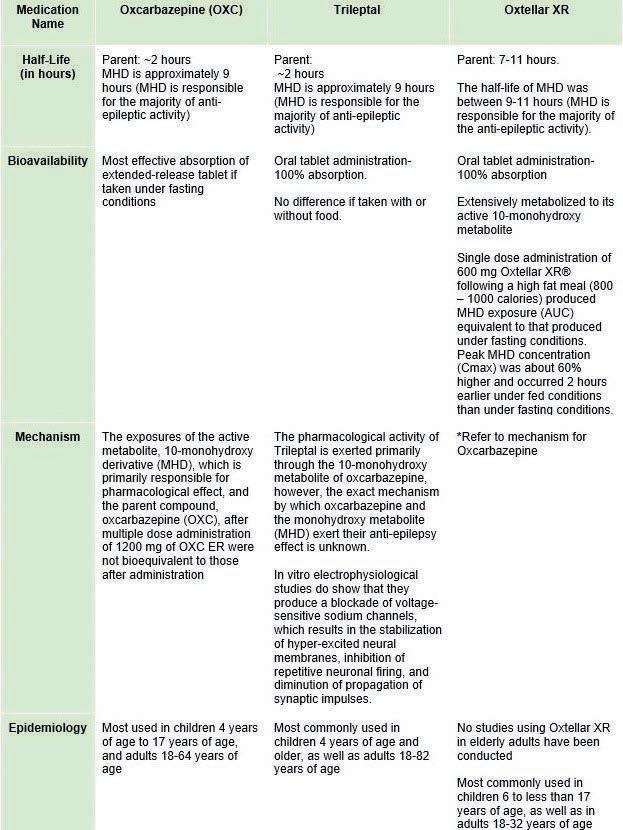Scholarly Research In Progress • Vol. 5, November 2021
The Association Between Early Menarche and Gestational Diabetes: A Secondary Analysis Annabel S. Alfonseca1*, Uzoamaka V. Eziri1*, Anmol K. Kaur1*, Taylor S. Mewhiney1*, and Grace L.Tieko1* ¹Geisinger Commonwealth School of Medicine, Scranton, PA 18509 *Master of Biomedical Sciences Program Correspondence: tmewhiney@som.geisinger.edu
Abstract Over the last few decades, the prevalence of gestational diabetes mellitus (GDM) has increased. Yearly, 2–14% of pregnancies are affected by GDM. Early age of menarche, the first menstrual period, has been associated with an increased risk of GDM. Race/ethnicity, socioeconomic status, environmental stress, and genetics may contribute to this finding. Early menarche age ranges are neither definitive nor universal and are based on studied populations. For this investigation, early menarche was defined as ages 9 to 12. Little data has been collected regarding the long-term consequences associated with early age of menarche. With new knowledge of at-risk communities with predispositions to GDM, more standardized guidelines and preventive measures can be implemented to better manage the long-term consequences of gestational diabetes. This investigation utilized secondary data from the National Health and Nutrition Examination Surveys (NHANES) Reproductive Health Questionnaire to address the gap in knowledge of early onset of menarche and later development of GDM in women living in the United States. This may have significant public health implications, as maternal obesity rates are increasing and can result in pregnancy complications. We hypothesize that early age of menarche (ages 9 to 12) will be associated with a higher risk of developing GDM in the United States. Our analysis showed there was a significant association between age of menarche and diabetes diagnosis while pregnant in addition to age of gestational diabetes diagnosis and age when delivering a baby 9 pounds or greater. These results contradict previous findings in the literature and call for further investigation into the relationship between early menarche, GDM, and race/ethnicity.
Introduction The American Diabetes Association defines gestational diabetes mellitus (GDM) as any degree of glucose intolerance during pregnancy regardless of insulin or diet modification and whether the condition persists after pregnancy (1). As of November 2020, there were a total 330,571,917 people living in the United States, (2) with women making up 50.6% of the population (3). From 2000 to 2010, the prevalence of GDM increased by 56% (4), and every year 2–14% of pregnancies are affected by gestational diabetes. Data suggests GDM appears to be more prevalent in African American, American Indian, and Hispanic/Latina American women (5). For the United States, the public health implications of this are significant, as maternal obesity rates are increasing and can result in negative long-term outcomes for both the mother and the fetus (6). In addition to GDM, maternal obesity also increases the risk for several pregnancy complications,
154
including gestational hypertension, maternal hypertensive disease or pre-eclampsia, risk of emergency cesarean delivery, and prolonged delivery times (7). As a result of these various complications, the neonate has increased adiposity and is at risk for birth complications. Children of women with GDM have a greater prevalence of childhood obesity and glucose intolerance (8). Additionally, women with a history of GDM have long-term risks associated with development of Type 2 diabetes mellitus (9), hypertension (10), dyslipidemia (11), and cardiovascular disease (12). Menarche, the first menstrual period in a female, is another factor of women’s reproductive health that has been correlated with the development of diabetes (13). Menstruation is the monthly shedding of the functional layer of the uterus (13). The average age of menarche varies within different ethnic and racial groups. On average, Non-Hispanic Black and Mexican American women reached menarche earlier than other groups at 11.82 to 12.36 and 11.81 to 12.37 years, respectively, compared to the average age of 12.38 to 12.67 years (14). The definition of early age of menarche varies and is defined from ages 9 to 11.5 (15). This is explained by its relation to the distribution of the onset of menarche in studied populations (15). As a result, ranges of early menarche are neither definitive nor universal (15). According to an NIH study, less than 10% of young women in the United States experience their first period before 11 years (16). Some factors that may contribute to this early occurrence are nutrition, race/ethnicity, socioeconomic status, environmental stress, and genetics (17). Little data have been collected regarding the long-term consequences associated with early age of menarche. Research suggests that early age of menarche is associated with increased risk for Type 2 diabetes (18). The University of Queensland found that the age at which girls start menstruating could predict an increased risk of developing diabetes during pregnancy (19). Early menarche has been associated with both the development of Type 2 diabetes and GDM, but these associations are not well-studied (5). Due to the similarities in causative factors and the lack of research available, we aimed to investigate the correlation between the early onset of menarche and the later development of GDM in women living in the United States. We investigated these similarities using secondary data by utilizing secondary data from the National Health and Nutrition Examination Surveys (NHANES) Reproductive Health Questionnaire. Furthermore, identifying certain ethnic and racial groups associated with early menarche and GDM will reveal communities most at risk. With new knowledge about at-risk communities with a predisposition to GDM, standardized guidelines and preventative measures can be implemented to better manage the long-term consequences of gestational diabetes.












































